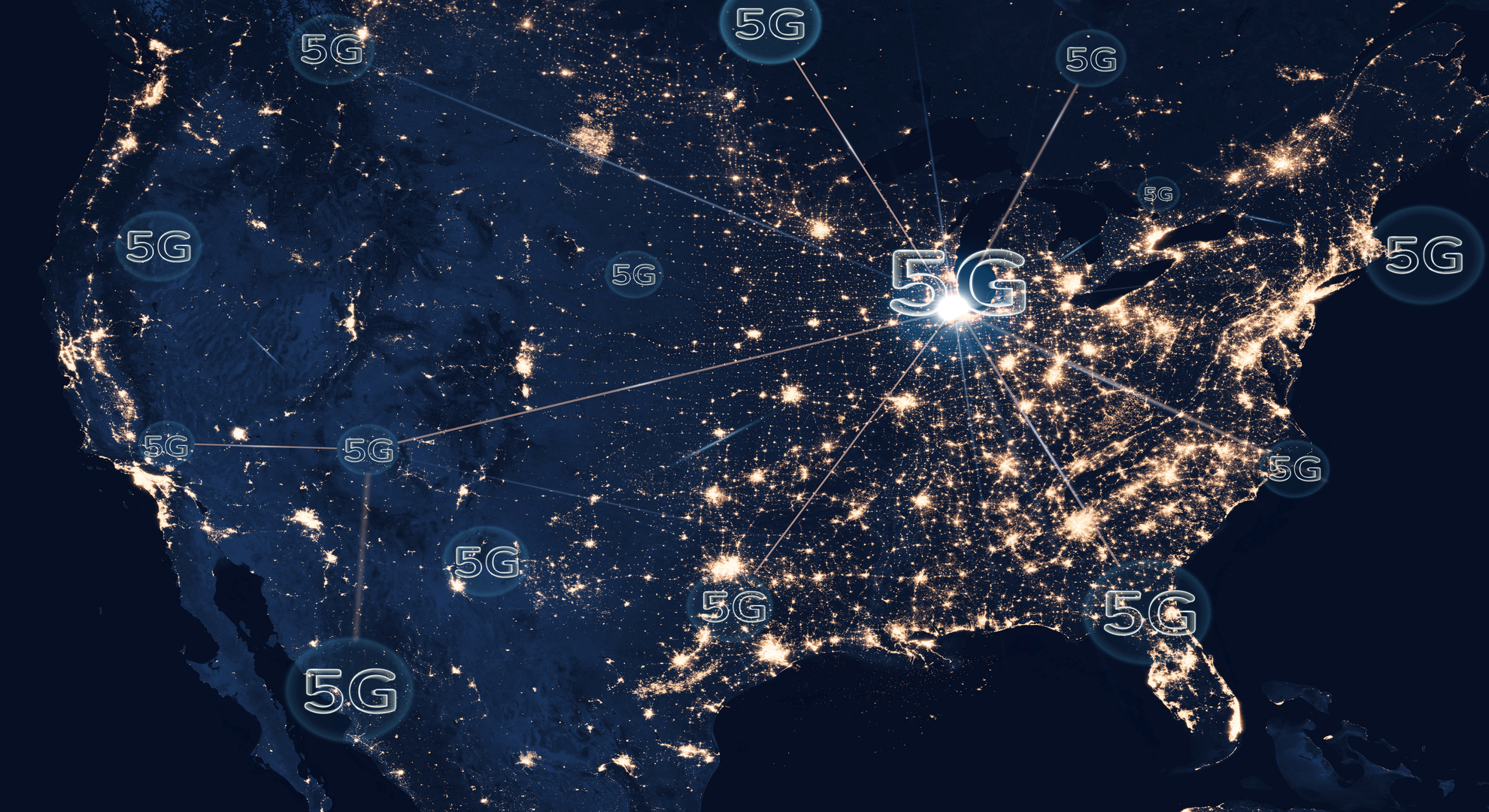
16 Aug Discovering the New Frontiers of Connectivity through 5G
It is undeniable that technology is contributing to making our lives and societies better and closer to a fruitful existence for the human species. While there are challenges and problems associated with it, and technological development itself is not a panacea that will eradicate obstacles, research and development in areas such as connectivity, thanks to cutting-edge technologies like 5G, are transforming our world. And even more excitingly, it will continue to do so in the future. This raises the question: where are the limits?
Fibre optics at the heart of future connectivity
There are two main areas to focus on if we want to make a relatively accurate prediction about where we are headed in connectivity. On one hand, there’s the undeniable trend—already initiated years ago—of connectivity, interoperability, and wireless communication networks. In this sense, the undisputed protagonist is 5G technology and its subsequent evolutions.
However, it’s also clear that we are moving towards a world where connectivity will transcend interaction between human users. Both artificial intelligence models and an ever-growing set of heterogeneous devices—from virtual assistants to vehicles, including clothing and accessories, household appliances, or entire buildings managed by AI—are destined to connect to the Internet, create their own networks, and communicate with each other.
In this environment dominated by the Internet of Things (IoT), fibre optics is and will be the catalyst for all other technologies. The immense amount of information exchanged, which continues to grow every day, requires an ideal transmission medium, such as fibre optics. And it will be even more crucial in the future: its incredibly low latency and enviable bandwidth will allow the ecosystem of total connectivity outlined above to stand. And even evolve exponentially, considering the possibilities of fibre optics in its fundamental quantum state, quantum computing, and other advances that are still some time away.
5G as the dominator of wireless connectivity
As mentioned earlier, one of the firmest and healthiest trends is wireless connectivity. We are talking about accessing the network or transmitting information in seconds, regardless of the data volume involved. All this without the need for any type of cable. This is a fundamental conceptual element present in almost all current technological advances and will likely remain a priority in the future. For several reasons, but mainly because of the convenience that wireless connectivity brings and because currently, the use of wireless technologies like 5G is almost a cultural assimilation for new generations.
5G represents much more than a simple upgrade from 4G networks. It is a qualitative leap in the capacity of our communication networks. With speeds that can exceed 10 Gbps, latencies reduced to milliseconds, and greater capacity to manage connected devices, 5G connectivity is set to transform sectors such as medicine, education, and manufacturing, to name a few examples. These sectors will also benefit from advances linked to 5G, such as robotics and other automation processes.
The challenges of 5G connectivity
This promising scenario is not without obstacles and challenges. The primary one is the high cost involved in the zero-based deployment of the necessary infrastructure. Installing new base stations and upgrading outdated or previous networks require significant investments. Additionally, the higher frequencies used by 5G, while allowing greater speeds and capacity, have a more limited range, necessitating a larger number of antennas to ensure adequate coverage.
Another significant challenge is security. The 5G network, by connecting a greater number of devices, expands the potential action field for cybercriminals. Protecting data and user privacy becomes a priority, requiring the development of new technologies and security protocols.
However, the combination of 5G and fibre optics promises a future full of possibilities, surprises linked to technology that we simply cannot imagine today, and, as indicated at the beginning, a fairer, more comfortable, equitable society with greater growth capacity and, ultimately, a quality of life that only a few decades ago was present only in our dreams.

